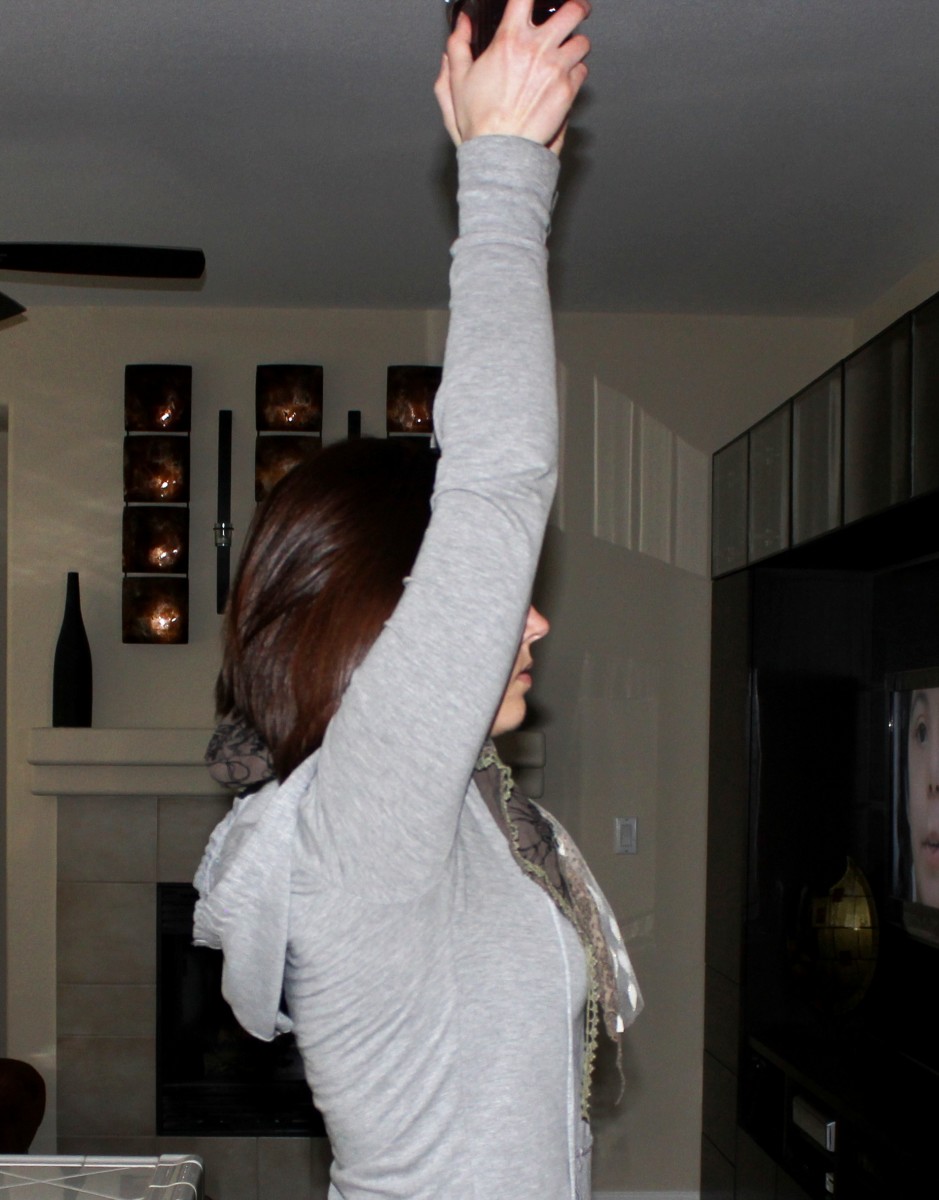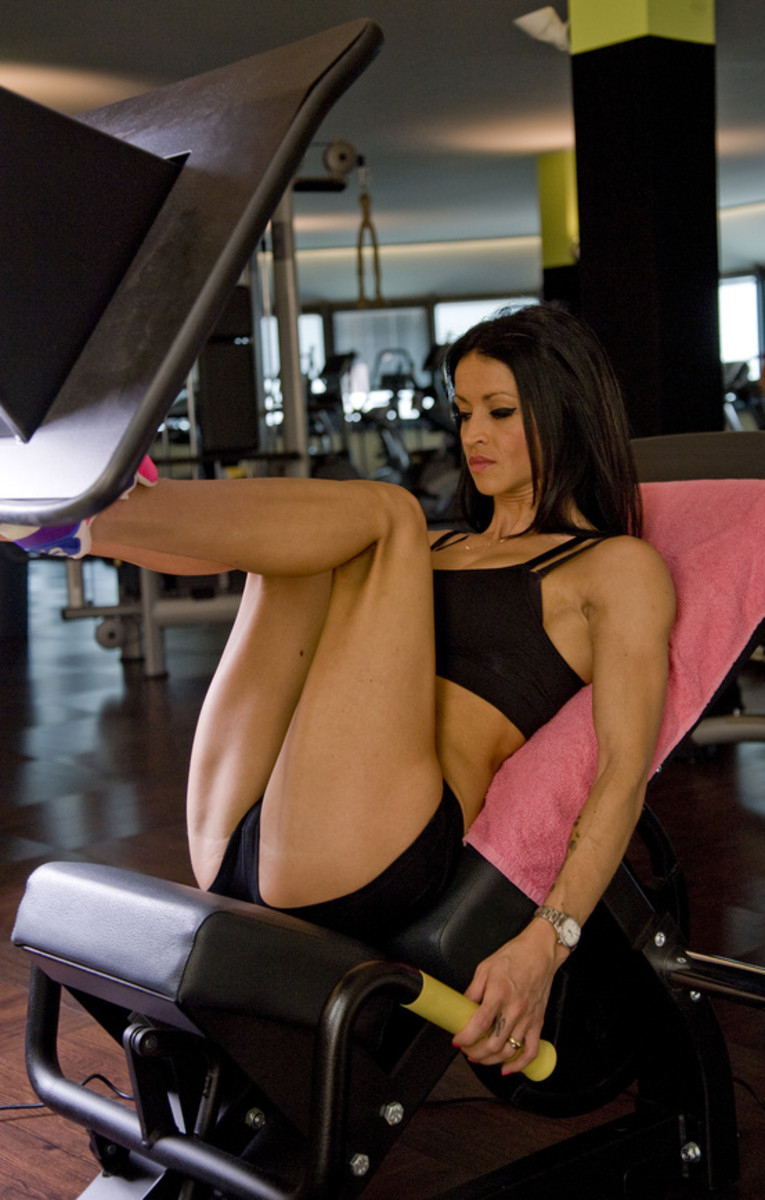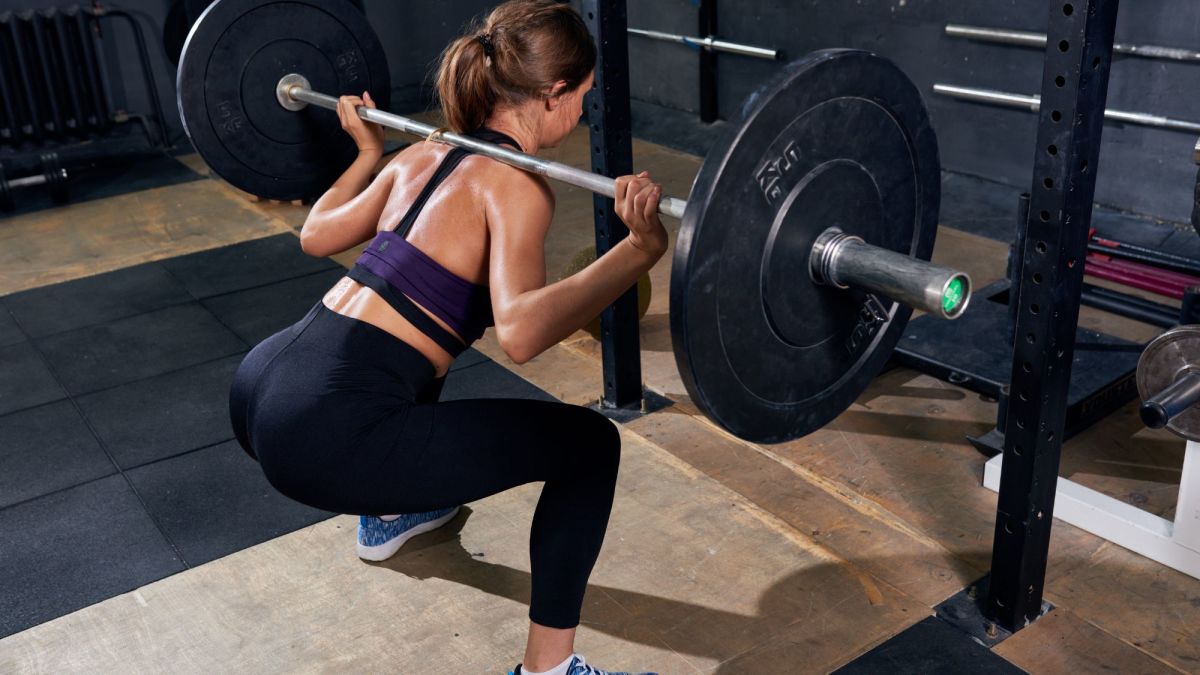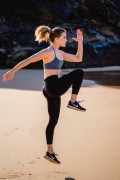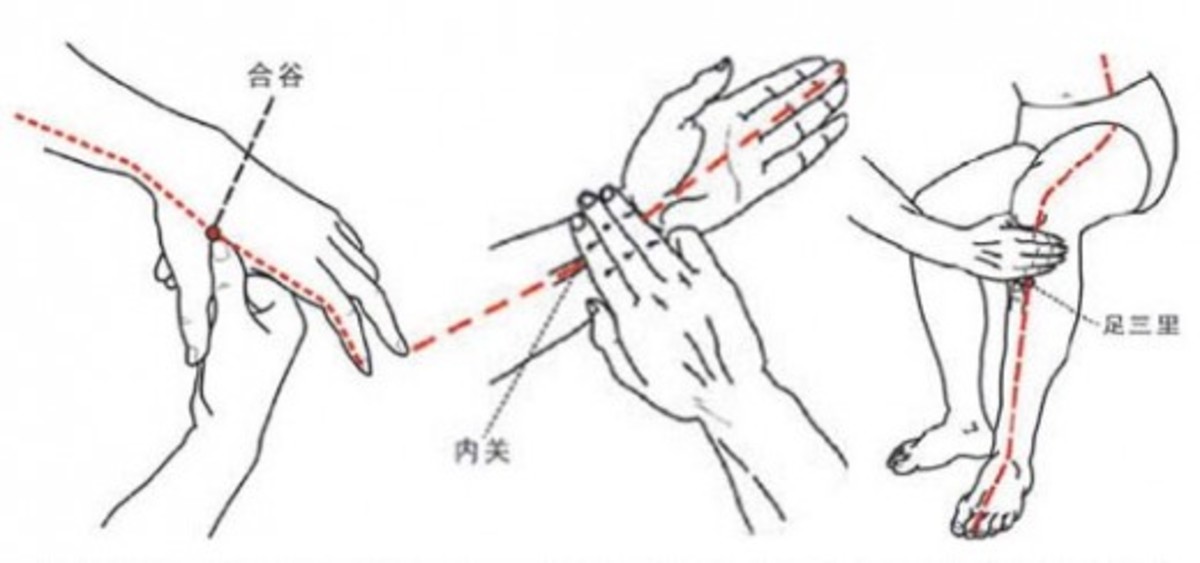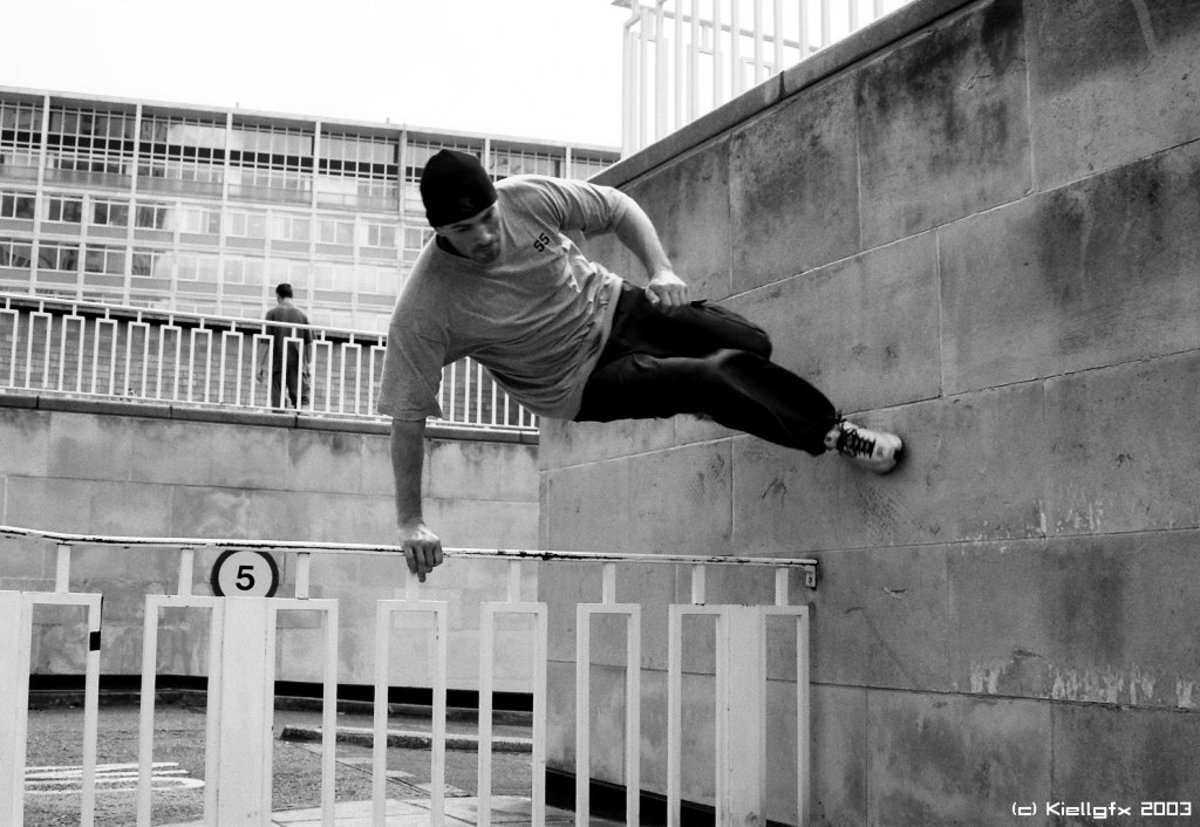4 Fast, Effective Butt Toning Exercises
Weight Lifting Without Weights
If you need to add weight to these exercises but don’t have any equipment at all, here’s a simple solution: find an old backpack and fill it with as much sand as you need to reach the right weight. You could even stuff it with towels for padding and fill it with rocks, if the sand’s not available. Never let it be said that you let a lack of equipment stand between you and a tighter butt!
Butt Toning For Dummies
Of all of the battle zones in our war against fat, the buttocks have to be the most challenging, the most frustrating, and the most likely to make us lose the war. Let’s face it: our bodies are programmed to store fat, and our butts are like the body’s storage silos. Every cookie, every french fry, and every triple cream cinnamon mocha latte ends up packing onto our hips and adding a little more jiggle to our step. Plus, well, eight hours a day of sitting in an office chair doesn’t do anyone any favors.
Fortunately, with a little dedication and the right approach, you can make it better. You can’t zap fat even with a targeted butt toning workout, but you can burn calories and build muscle, both of which eventually lead to less jiggle.
You don’t even need that many exercises. All you need for a good glute toning workout is four moves, twice a week.
How To Do Split Squats
How To Do Single Leg Dead Lifts
How To Do Step Ups
How To Do Glute Bridges
Proper Barbell Positioning
When using a barbell or body bar, bear in mind that the bar should not actually be positioned on top of your shoulders. This can hurt your neck, since it causes the bar to rest right across the back of your neck. Instead, the bar should be held across your very upper back, directly behind your shoulders. To figure out where that is, pinch your shoulder blades back and in. This will cause your muscles to contract and form a fleshy “shelf” just below your shoulders and above your shoulder blades. That’s where you want the bar to rest.
The Butt Toning Workout
All of these exercises should be done for two sets of eight to twelve reps. Twelve is the magic number here. If you’re doing more than twelve reps, you’re doing a cardio exercise, not a toning exercise. If you find yourself able to crank out more than twelve reps, pick up a pair of dumbbells or a barbell at a weight which is heavy enough that you can’t go over the magic number.
For all of these exercises, see the related videos section for some good video tutorials on form.
Exercise 1: The Split Squat
This exercise targets the glutes and quadriceps. As a side benefit, it will also increase flexibility in the hip flexors.
To do it, stand with your feet about four inches apart. Then step back with one foot. Make sure that you don’t step too wide – you don’t want your rear foot to be directly behind your front foot, but you don’t want it to be too far out to the side, either. That can force your hips and knees to work at an angle that hits your glutes less and hurts your knees more.
After stepping back, check your posture to make sure your abs are slightly tensed and your back is straight. Then sink down into the squat. To do that, bend your rear leg such that your knee sinks towards the floor and your rear thigh is straight up and down, in line with your shoulders and back. In other words, you want your rear thigh to be perpendicular to the floor. (Don’t let your knee touch the floor, though.) At the same time, let your front leg sink into a lunge until your front thigh is parallel to the floor and your calf is straight up and down.
Hold this position for a count of two, and then, without moving your feet, straighten your legs and return to your starting position. (Don’t put your feet back together.) Perform eight to twelve times on one side, then switch sides and repeat.
To get the most out of split squats, push through both legs in order to return to standing, paying special attention to squeezing through your glutes and thighs so that they do most of the work. Remember to keep your back straight and abs tight. Your torso should only be a passenger in this exercise.
To add weight to this exercise, you can either hold a dumbbell in each hand or perform it with a barbell or body bar on your shoulders.
Exercise 2: The Single Leg Dead Lift
This exercise targets the glutes, hamstrings, and low back. The difference between this and a split squat is the degree of low back and quadriceps engagement. The low back works harder here, and the quadriceps hardly do anything at all.
To do it, begin in a standing position with your feet hips’ width apart. Then, while still keeping your abs tight and back straight (important in every exercise, but especially here!), bend one knee slightly and bend your torso down until it’s parallel to the floor and your fingertips are close to brushing the floor. At the same time, lift your other leg and allow it to extend behind you to counterbalance the weight of your torso. You can choose whether to bend your rear leg or keep it straight. Just remember not to let your back arch or abs sag.
To return to starting position, tighten and pull through your hamstrings to bring your torso back upright.
To add weight to this exercise, perform it while holding a dumbbell in each hand or while holding a barbell with your hands positioned about shoulder width apart. Do not use a backpack for this or hold the barbell across your shoulders. Either of those will put too much strain on your lower back. Keep your hands down low and the weights in your hands.
Exercise 3: The Step Up
This exercise is similar to the split squat, but is even more of a workout for the glutes and less of a workout for the quadriceps. You can make this exercise harder or easier by stepping up higher or lower. Higher, of course, is harder, and lower is easier. Higher also brings more focus in on the glutes.
To do it, stand in front of a sturdy bench or step platform. Lift one foot up, place it securely on the platform, and then push up through that leg to step up just as if you’re walking up a flight of stairs. Follow the step up by bringing your rear foot up to the bench or platform, then step down again. Switch legs and repeat. As always, make sure that your abs are tight and back is straight.
Note: This exercise can be hard on the knees, especially as you bring the step platform up higher. If you suffer from knee problems, be careful. If you do want to try this exercise and have iffy knees, I would recommend keeping the step low and making the exercise more challenging by adding more weight.
To add weight to this exercise, you can hold a dumbbell in each hand or use a barbell as with split squats.
Exercise 4: The Glute Bridge
This exercise will hit the glutes, the hamstrings, and the core.
To do it, lay on your back on an exercise mat or carpeted surface. Bend your knees and place your feet flat on the floor, about hip’s width apart and about a foot away from your buttocks. Then, tensing your abs and pushing through your glutes, lift your butt and hips up so that you form a straight line from your shoulder blades to your knees. Keep your shoulders on the floor.
To add weight to this exercise, hold a barbell or a body bar across your hips. Alternatively, hold a medicine ball around hip level.
To add a little extra challenge, you can raise one leg toward the ceiling and perform this exercise one-legged!
How Often Should I Do This Workout?
Do this workout twice a week. Recent research indicates that intensive workout sessions which focus on one muscle group should be spaced at least 48 hours apart in order to give your muscles time to recover and rebuild.
The rest of the week, make sure to round out your routine by including an upper body workout and at least three half hour sessions of cardiovascular exercise. One great method to do this is to alternate upper and lower body workouts and to do your cardio on upper body days.
As for cardio, jogging is great for the glutes, but if you want to go easy on your knees, half an hour on the elliptical will be great, too. Set the resistance high enough that your legs and lungs feel challenged but not overwhelmed at a sustained 80-100 RPM.


